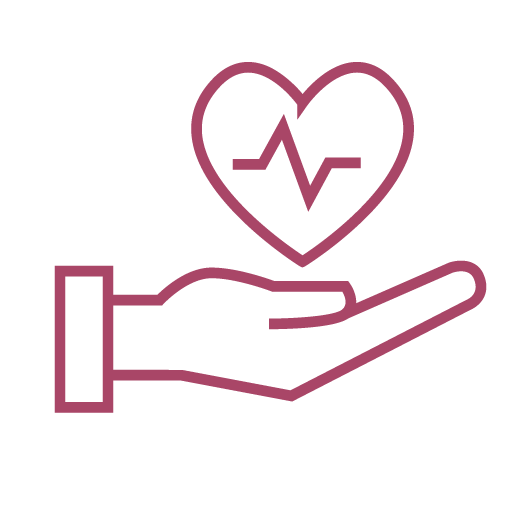Despite a recent rise in the diagnosis and treatment of mental illness in the U.S., it remains overwhelmingly under-treated.1 For example, just 46.2% of U.S. adults with a mental illness received treatment in 2020, with patients taking 11 years to seek treatment on average.1 Although the stigma of seeking care remains an obstacle for some of these individuals, U.S. attitudes surrounding mental illness have grown more accepting. In one survey from the American Psychological Association, 87% of U.S. respondents indicated that a mental health disorder was no cause for shame.2
But we can’t just address mental health in a vacuum. Mental and physical health are intrinsically linked.3 Each represents an important part of patient health and must be addressed equally in a whole-person approach to care.3 This ultimately improves patient outcomes, leading to both a reduction of avoidable healthcare utilization and an increase in cost savings for payers.4 So how can pharmacists help promote a more holistic approach to improve mental and physical health outcomes?
Navigating complex medication regimens with mental health conditions
Each year, mental illnesses cost the US healthcare system more than $200 billion. In 2019, 1 out of every 5 U.S. adults experienced a mental health condition—with anxiety, depression, and insomnia as the three most common disorders. Of 3.4 million people taking medications for one of these illnesses, more than 100,000 were on prescriptions for all three.1
Not only are these individuals more likely to experience multiple psychiatric disorders, but they are also more likely to have physical comorbidities.1 In fact, a recent look at Evernorth claims data found that 92% of adults living with behavioral health disorders also suffer from physical conditions, and it’s also common for the reverse to be true: a patient diagnosed with diabetes is at an increased risk of being diagnosed with depression.5
Also, patients who receive multiple drug therapies to treat comorbid mental and physical conditions may be at an increased risk for adverse drug events (ADEs) as their medications interact.6,7 Further, certain drugs can worsen, or even cause, psychiatric symptoms. For example, more than 200 prescription medications in the U.S. include depression as a side effect.6,7,8 This points to an acute need for holistic patient care that recognizes the complex interplay between mind and body.9 Pharmacists can help meet that need through careful monitoring of potential drug interactions in polypharmacy patients.
Accessible whole-person care
In recent years, virtual care have become increasingly prevalent as a trusted source of patient care. Accelerated by the COVID-19 pandemic, these platforms have improved access for many patients by removing physical barriers to care like transportation. 10, 11 Similarly, the adoption of virtual platforms for therapeutic interventions like teletherapy enhances privacy by eliminating the exposure of sitting in waiting rooms or having to tell employers about therapy appointments.12 And most importantly, these services deliver high quality results for patients. Studies have found that digitally-delivered cognitive behavioral therapy is equally effective to its in-person counterpart.13
Just as virtual care has become more widely utilized, the role of pharmacists has expanded. Pharmacists tend to be more accessible to patients than other healthcare professionals—most people see their pharmacist about twice as often as their primary care provider.14 And pharmacists are a trusted source of a patient’s experience. A study from Columbia University Mailman School of Public Health and Express Scripts® Pharmacy, an Evernorth company, found that nearly 80 percent of patients said they see pharmacists as an integral part of their health care team, and healthcare providers reported a high level of trust, often exceeding 90 percent, in pharmacists’ current professional activities.15
Mental illnesses treated with a combination of psychotherapy and pharmacologic interventions typically have better outcomes, regardless of severity.16 By educating patients, referring them to mental health professionals, and optimizing medication regimens, pharmacists can promote a whole-person approach to mental and physical health.9,8
Mental and physical health represent two sides of the same coin. Patients with both mental and physical conditions may be prescribed complex therapies, so pharmacists can help mitigate potential ADEs and side effects. Thus, a whole-person approach that takes both mental and physical illnesses into account is vital to overall patient health. Payers that invest in this kind of holistic care can subsequently benefit from optimized clinical and financial outcomes.17, 18
Key takeaways

Mental and physical health are intrinsically linked, with improved mental health leading to better physical health—and vice versa.

Proactive pharmacy services mitigate the complications of complex drug therapies in patients with both mental and physical illnesses.

This improves patient outcomes and overall health, as well as reduces total cost of care.

Payers should prioritize a whole-person approach to physical and mental health for better clinical and financial outcomes.
